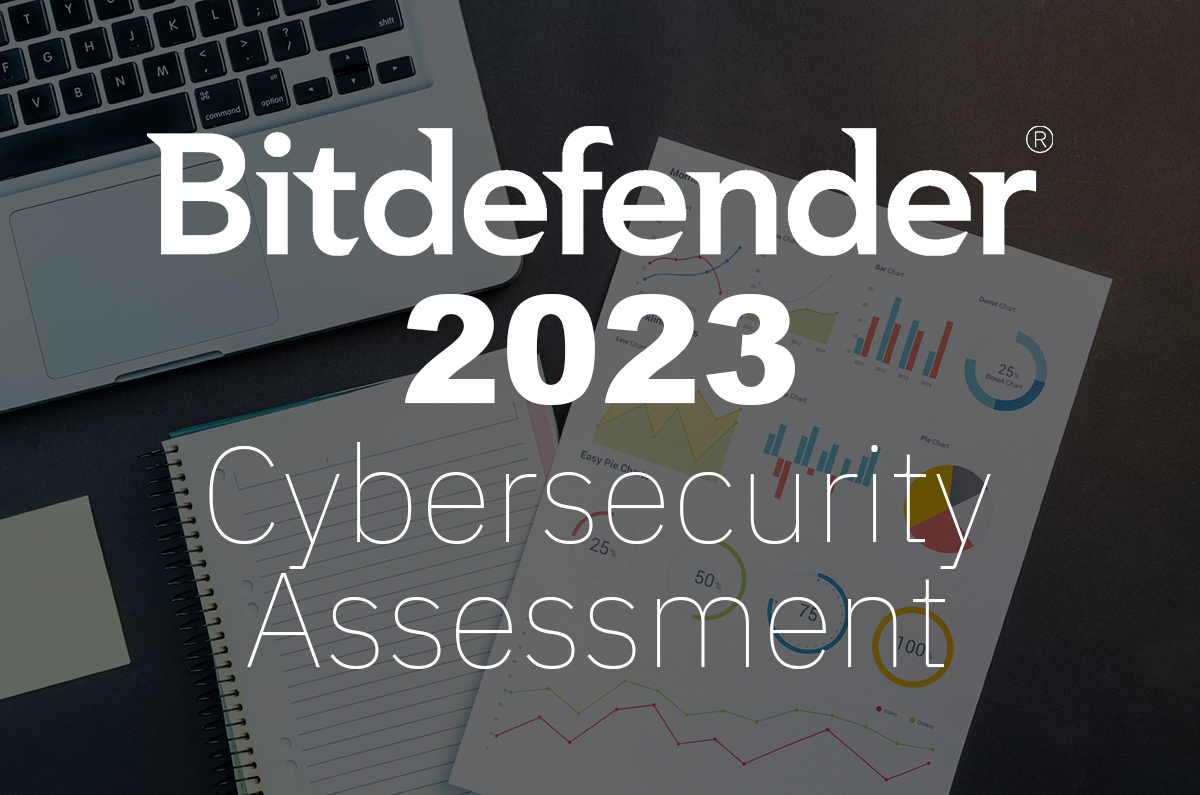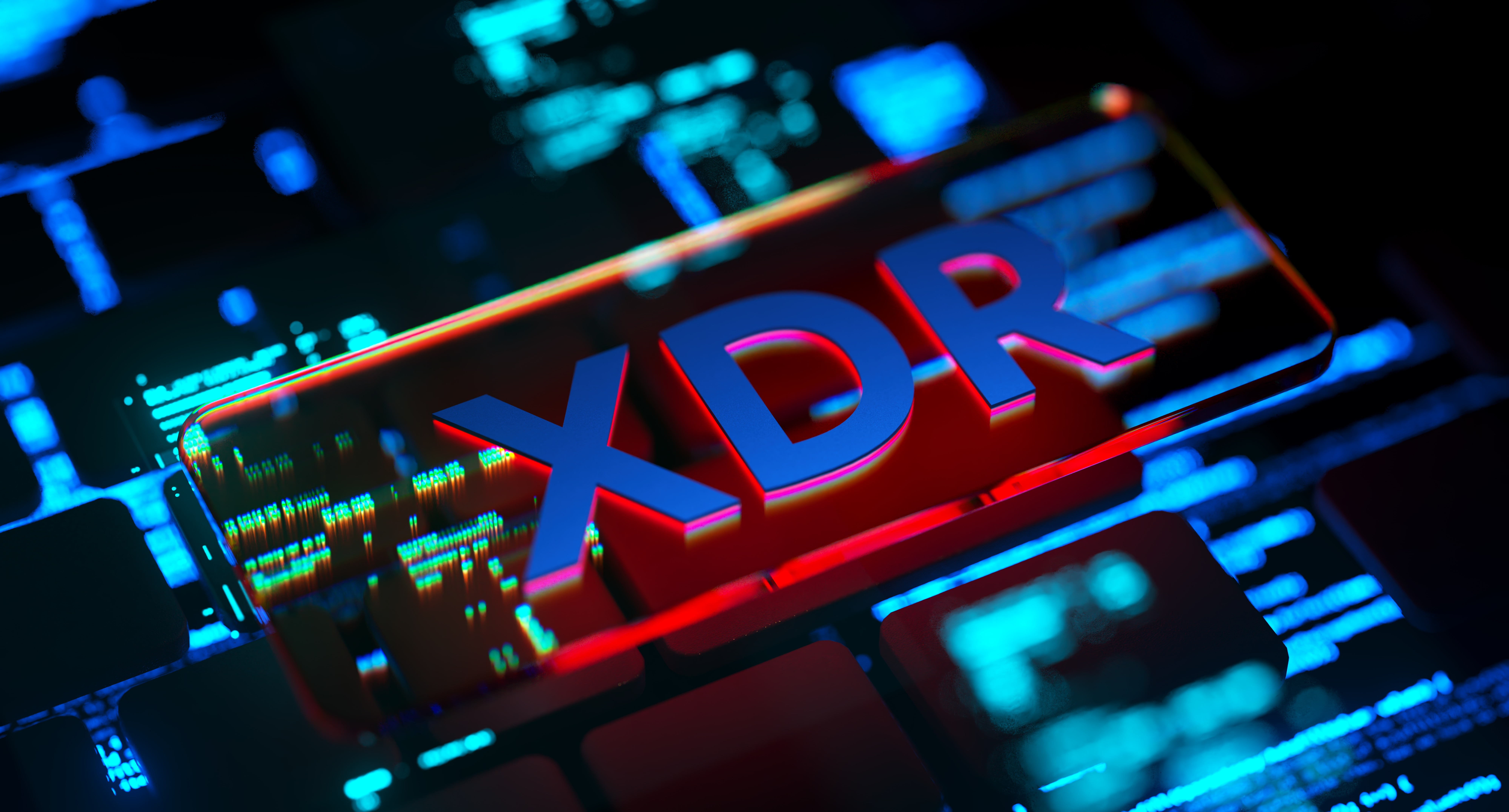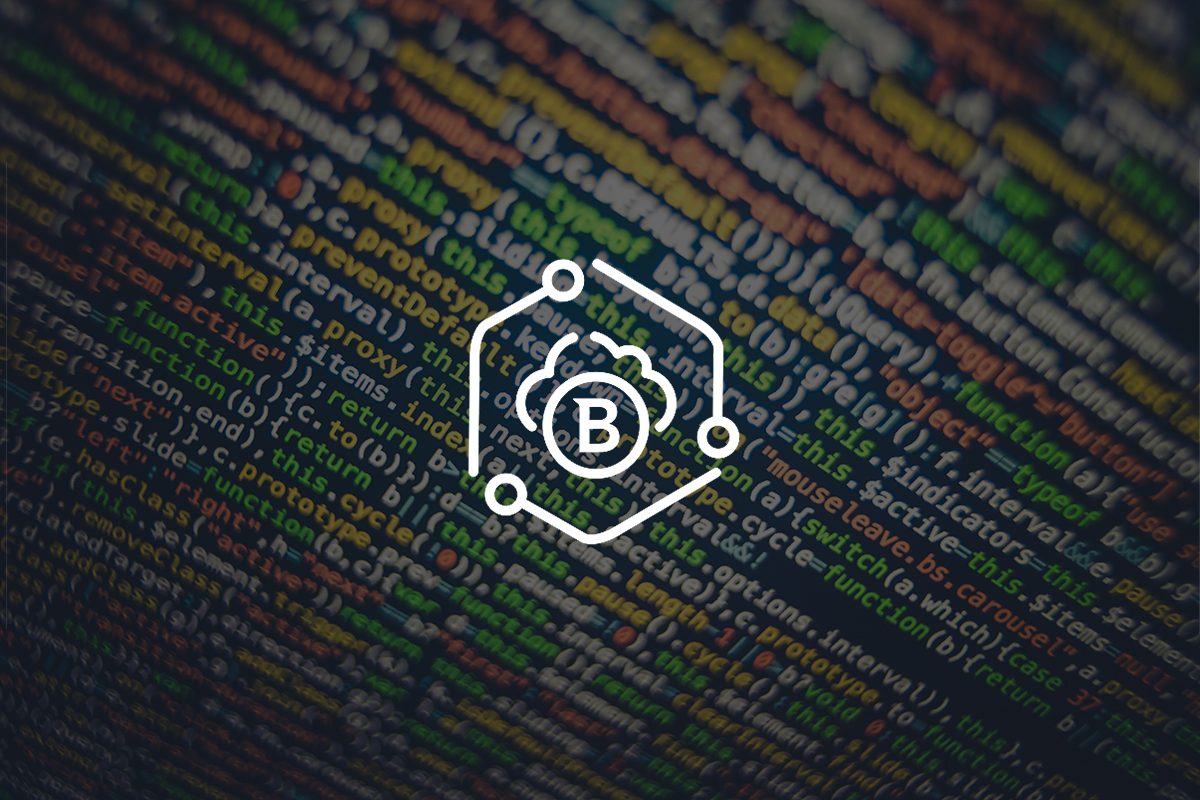Understanding XDR Solutions: A People-Focused Guide to Making the Right Choice

Cybersecurity discussions often focus on cyber threats and technology. And that makes sense. In our digital world, where data reigns, threat actors tirelessly work to bypass security measures and gain access to the organization’s crown jewels. Yet, the effectiveness of these tools ultimately depends on the people managing them and applying human intellect, intuition, and advanced analytical thinking to thwart these attempts. Cybersecurity solutions serve as instruments in the same way a hammer aids a carpenter, a stethoscope assists a doctor, and a paintbrush enables an artist. With this perspective, it becomes clear that the duty of upholding robust cyber hygiene throughout an organization falls upon the shoulders of security professionals.
Recognizing the critical role of security professionals brings into focus the importance of choosing cybersecurity tools that not only offer advanced technological features but also complement and enhance human capabilities. This perspective is particularly relevant when evaluating extended detection and response (XDR) solutions. The right XDR platform should not just be about the sum of its features, but about how well it integrates into the workflows of those at the cybersecurity helm, empowering them to apply their skills more effectively.
Complexity is the Death of Security
Today’s multicloud world, with its dynamic allocation of IT resources, is incredibly complex. Threat surfaces have been stretched beyond the data center into widely distributed endpoints, applications, Software as a Service (SaaS) platforms, cloud workflows, data warehouses, Internet of Things (IoT) devices and any number of entities that are constantly trying to connect with the network. And each one provides a tempting threat vector for malicious actors to exploit.
For years now, organizations have been trying to protect an increasing attack surface with more devices, identities, and data across a growing heterogeneous infrastructure. Overtime, this has led to security teams layering and bolting on additional technology. As a result, security teams are experiencing alert fatigue and burnout, hampering the overall security posture of the organization.
XDR solutions address this problem by consolidating security data in an organization-level incident, adding the right context, and providing actionable insights that can be executed quickly, in the moment. But not all XDR solutions are created equal. Organizations will often face multiple self-inflicted challenges as some of these tools are not aligned with their cybersecurity strategy and do not augment human intuition and analytic skills.
Considering the Human Element in Cybersecurity
Meeting today’s cybersecurity challenges requires choosing the right tool for the job. Instead of settling for any tool, security teams should actively seek an XDR solution that augments (rather than inhibits) productivity. This includes centralizing security data in one place, automatically correlating it, and most importantly providing clear human readable context, allowing the security analyst to confidently act.
A human-led approach to cybersecurity ensures XDR solutions augment rather than replace human abilities. The more teams can prevent attacks from occurring, the less they will have to respond to in the moment, allowing them to accomplish more in less time and focus on what’s important.
As you evaluate XDR solutions with a human-centric lens, consider asking these five essential questions to ensure the technology complements and enhances your team’s capabilities:
1. How Intuitive is the User Interface?
An intuitive, robust UI in your XDR solution allows humans to quickly understand the situation as it’s unfolding and take immediate action. An intuitive highlight section in the incident should let analysts know how to start the investigation, what systems have been impacted, and whether an escalation is required. Any recommendations should be presented in readable, easy-to-understand language with no need to look up codes, syntax, or other definitions.
2. Does it Facilitate Collaboration Across Teams?
XDR solutions should bring people together to solve issues, not keep them in silos. Escalation policies allow events to be routed to the appropriate analyst with the right expertise. Events should move through your XDR solution with the proper context, including any prior actions taken by lower-level analysts across the attack chain—especially the remediation and hardening phases.
3. What Training and Support Are Available?
Organizations need to get the most value out of their XDR solution, and training and support allows them to take advantage of every feature and capability in the most optimal way. Training should be consumable and intuitive and give incentives for additional learning. Support should be immediate and intuitive as well—providing clear, step-by-step guidance in the moment.
4. Is the Vendor a Partner in Cybersecurity?
Organizations need an XDR vendor that is willing to act as a partner rather than a service provider. Feedback goes both ways—especially in a rapidly changing threat landscape. Cybersecurity practitioners are on the front lines and can provide immediate feedback and intelligence to XDR solution developers about the capabilities and workflows that would make them more efficient and successful.
5. How Well Does it Align With Your Cybersecurity Culture?
Your XDR solution should also align with the cybersecurity culture at your organization. If you have committed to a Zero Trust approach, then you need to have the right tools to execute that vision. If you’re going for a proactive, preventative approach, then visibility is paramount. A detect and respond approach requires a whole different set of features and functionality. However you protect your organization, it’s critical that you have the tools that match your unique approach.
Summary
While tools are essential, it’s the human element that ultimately defines an organization’s cybersecurity strength. When choosing an XDR solution, make sure to select a tool that augments your team’s productivity by automating the lower-level tasks and providing valuable insights into the higher-level tasks. This human-led approach to selecting an XDR solution augments your teams’ abilities with the visibility, context, and actionable insights they need to protect the organization from today’s increasingly sophisticated threats. Just make sure you consider how the solution’s effectiveness, workflows, training, and support impact your cybersecurity strategy and culture.
tags
Author

A recognized product leader and cybersecurity expert, Daniel is the Senior Director of Product Management at Bitdefender.
View all postsRight now Top posts
FOLLOW US ON SOCIAL MEDIA
SUBSCRIBE TO OUR NEWSLETTER
Don’t miss out on exclusive content and exciting announcements!
You might also like
Bookmarks










